Chestnut Gnocchi is an authentic Italian gnocchi recipe that brings the essence of the Italian Alps right to your dinner table. Made with just three simple ingredients and without the use of eggs, these pillowy dumplings are a world apart from the heavier, store-bought gnocchi you may be accustomed to. Light, fluffy, and bursting with the nutty flavor of fresh chestnuts and potatoes, they're the perfect dish to elevate any dinner party to something truly special.
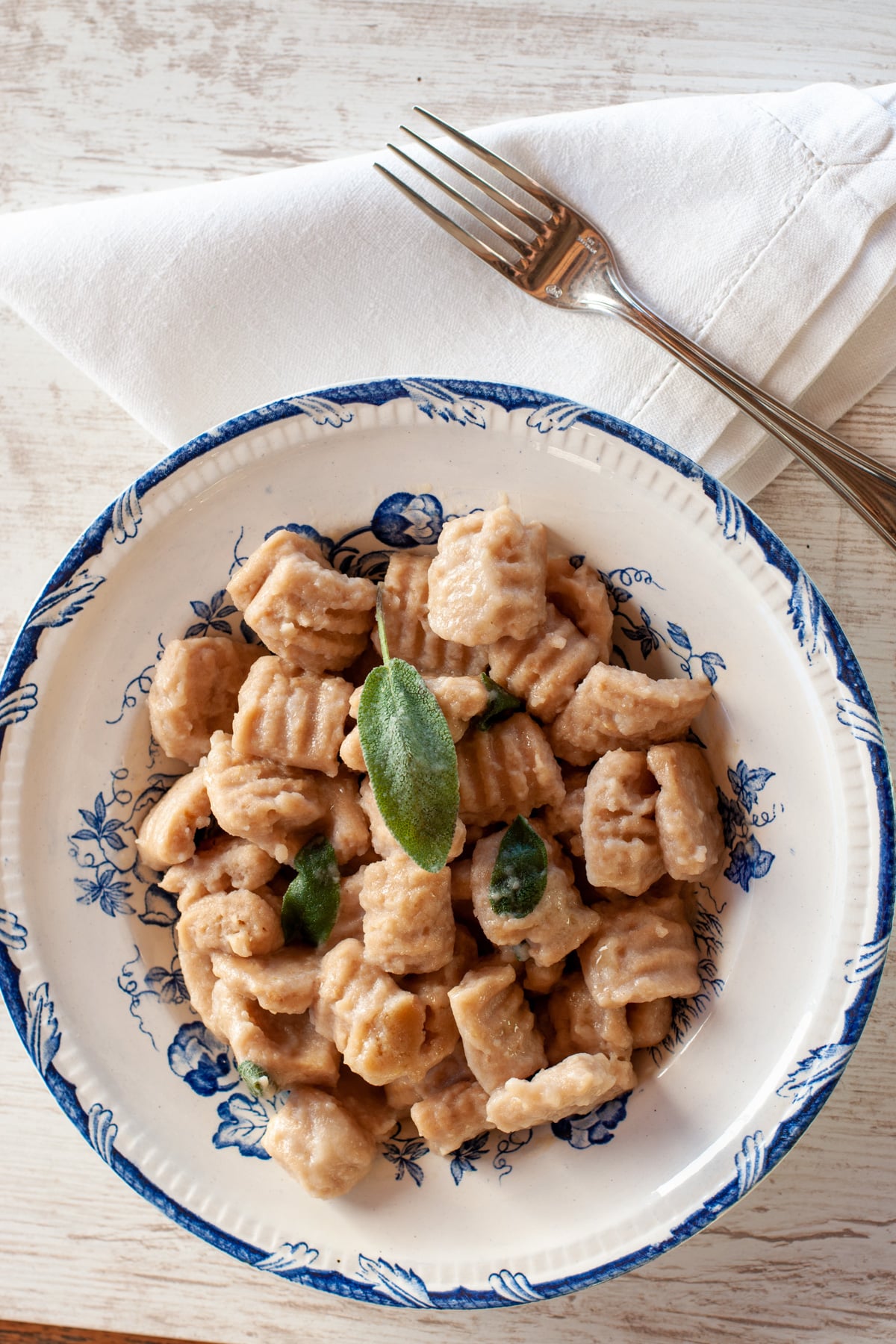
Jump to:
The principle of "cucina povera," or "poor kitchen," is a cornerstone of Italian cuisine, emphasizing the use of a few high-quality ingredients to create hearty meals.
This chestnut gnocchi recipe perfectly embodies this philosophy, as it requires only fresh chestnuts, potatoes, and a touch of flour to create a gnocchi dough that's both simple and incredibly flavorful.
Unlike store-bought versions, these gnocchi are small and light, allowing the true flavors of the potato and chestnut to shine through.
The star ingredient, foraged chestnuts from the Italian forests, lends a unique, nutty flavor to the dish that pairs wonderfully with a variety of sauces or as a side dish to a special main.
Whether you opt for a simple butter sauce or something more elaborate, the gnocchi serve as a versatile base for a range of culinary explorations.
So, if you're looking to create a unique and festive menu this season, look no further.
This chestnut gnocchi recipe is not just a dish; it's an experience that promises to make your festivities truly memorable.
For more special gnocchi recipes you can check: fluffly gnocchi, how to make Italian gnocchi, sweet potato gnocchi, purple potato gnocchi, Pumpkin gnocchi and butternut squash gnocchi.

Ingredients
- Chestnuts: You can use fresh chestnuts, boiled and peeled chestnuts, or unsweetened chestnut puree. I do not use chestnut flour in this recipe.
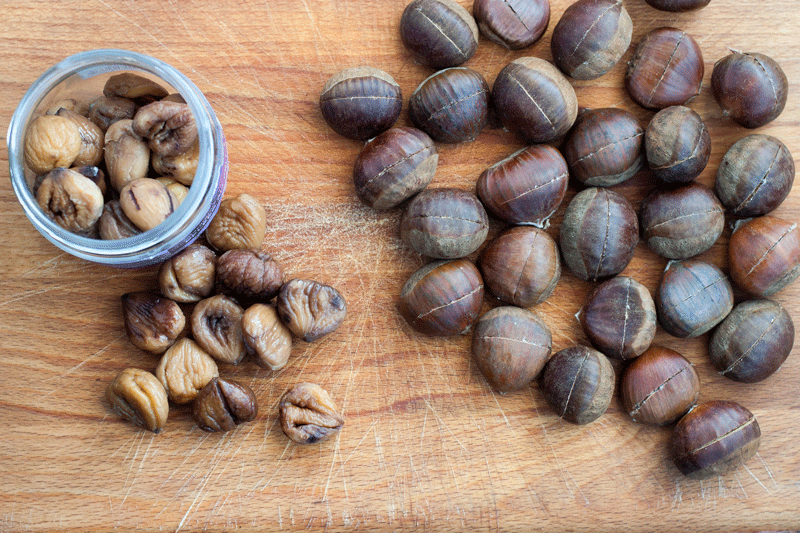
- Purpose Flour: Be cautious with the amount; using too much flour will make the gnocchi heavy rather than light and fluffy.
- Semolina Flour (Optional): If you want to make the gnocchi more firm and chunky. It adds texture to the gnocchi dough.
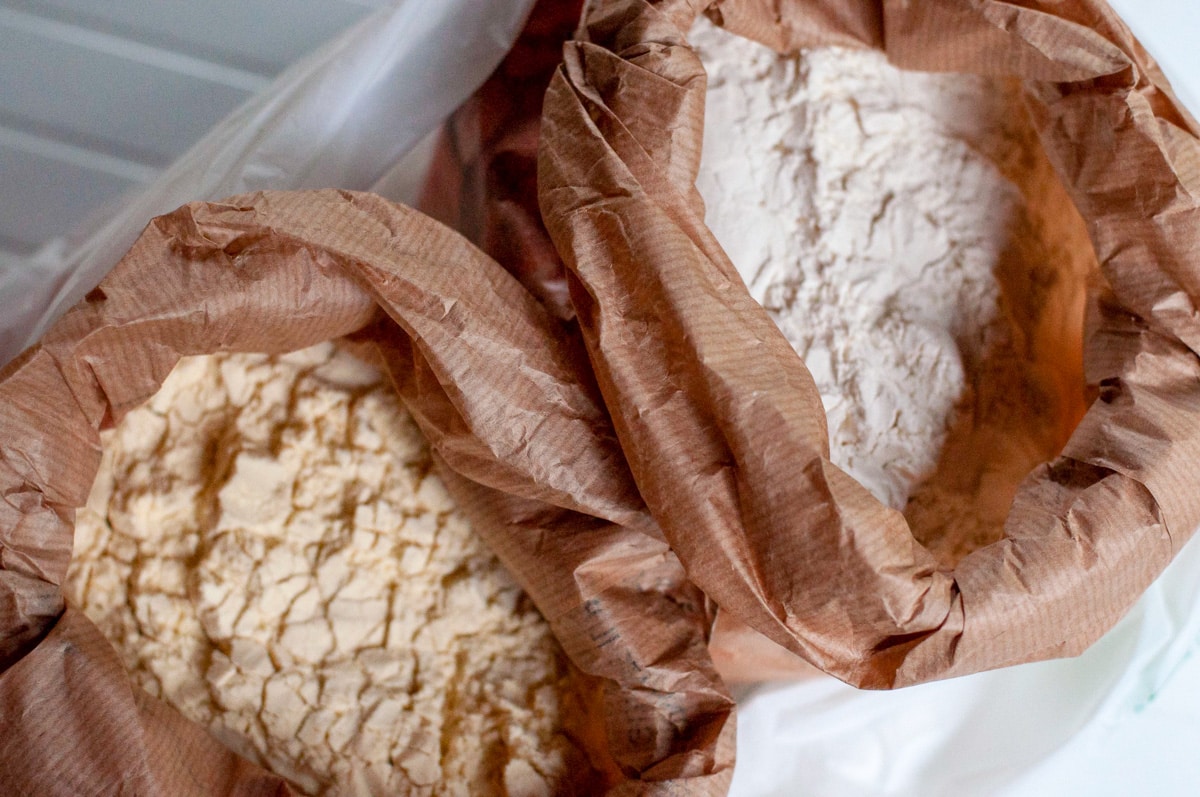
- Potatoes: Opt for starchy potatoes like Russet or Idaho for the best results. These types of potatoes have a high starch content and low moisture, which makes for a fluffier and lighter gnocchi. Waxy potatoes like Red or Yukon Gold are not recommended as they can make the gnocchi dough too gummy. Make sure the potatoes are fresh and free of any green spots or sprouts.
- Bit of Salt: Essential for flavoring the gnocchi dough.
- Salt for Boiling: Used in the water for boiling the potatoes and the gnocchi, enhancing their natural flavors.
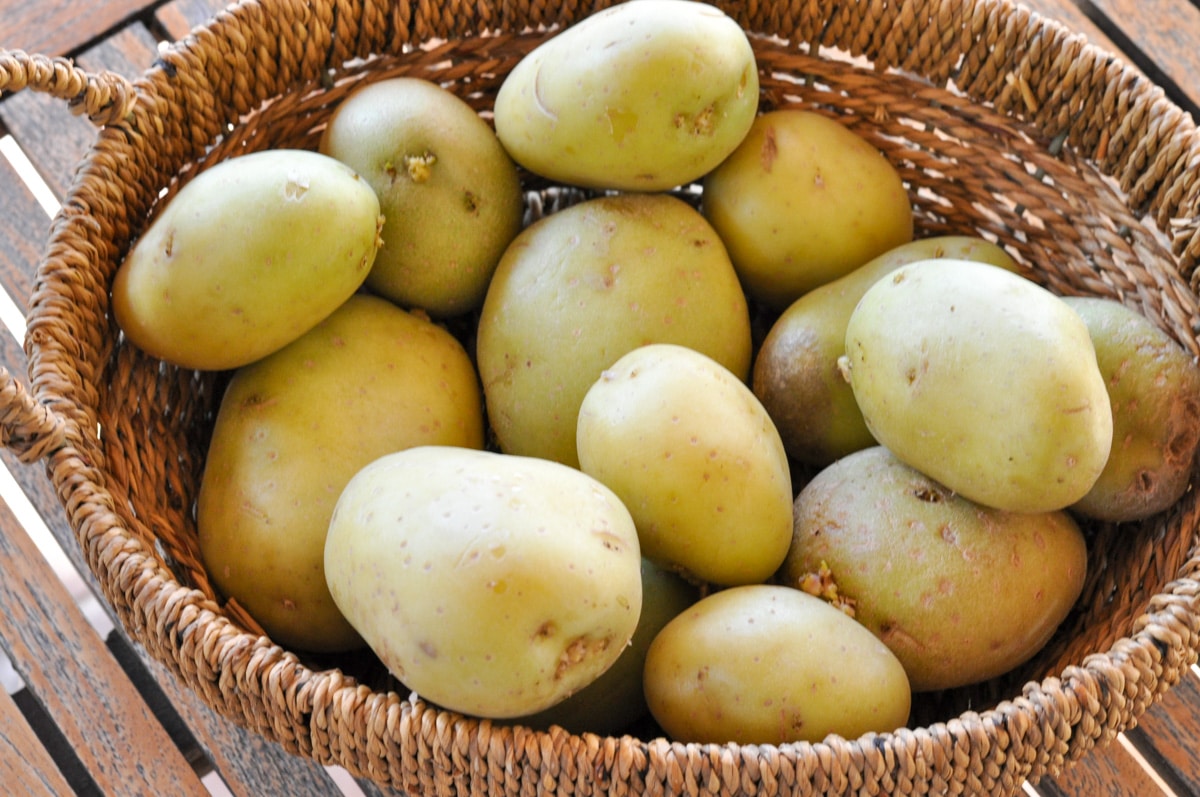
Favorite Ingredients for Seasoning:
- Black Pepper: Adds a bit of spice and complexity.
- Sage Leaves: Complement the nutty flavor of the chestnuts.
- Butter: Adds richness and helps to carry the flavors.
- Extra Parmesan: For a salty, cheesy finish.
Alternative Seasoning Options:
- Thyme Sprig: Offers a different herbal note.
- Olive Oil: For a lighter touch and vegan option.
- Crème Fraiche: Can be used to create a creamy sauce for the gnocchi.
Equipment
To make these chestnut gnocchi, you'll need the following kitchen tools:
- Potato Ricer or Masher: Essential for creating a smooth potato texture without any lumps.
- Large Mixing Bowl: To combine the chestnut and potato mixture with the flours.
- Kitchen Scale: To accurately measure the ingredients, ensuring the gnocchi turn out light and fluffy.
- Flat Surface: A clean countertop or large cutting board for rolling and cutting the gnocchi.
- Sharp Knife: For cutting the gnocchi into bite-sized pieces.
- Bench Scraper (optional): This tool is incredibly useful for dividing the gnocchi dough into smaller portions and for scraping any excess dough off your work surface. It helps to keep your workspace clean and makes the process of shaping your gnocchi much more efficient.
- Slotted Spoon: To safely remove the gnocchi from the boiling water.
- Large Pot: For boiling the potatoes and the gnocchi.
- Frying Pan or Skillet: For sautéing the gnocchi in butter and sage or your chosen seasoning.
- Parchment Paper or a Baking Sheet: Useful for laying out the cut gnocchi before boiling.
- Gnocchi board: it is used to give gnocchi its characteristic ridges, which help the pasta hold sauce better. If you don't have a gnocchi board, the back of a fork can serve as a handy substitute for creating those signature grooves.
The right equipment will make the cooking process smoother and ensure your chestnut gnocchi turn out perfectly.
Kitchenaid vegetable strainer
If you're looking to make the process even more effortless, a KitchenAid vegetable strainer attachment can be a game-changer.
This handy tool eliminates the need to peel hot potatoes by hand, which can be a cumbersome and time-consuming task.
Simply cook your potatoes and run them through the vegetable strainer.
The attachment will automatically separate the skins from the potato flesh, leaving you with perfectly smooth, skin-free potatoes ready for your gnocchi dough.
It's a convenient way to save time and effort, allowing you to focus on crafting the perfect chestnut gnocchi.
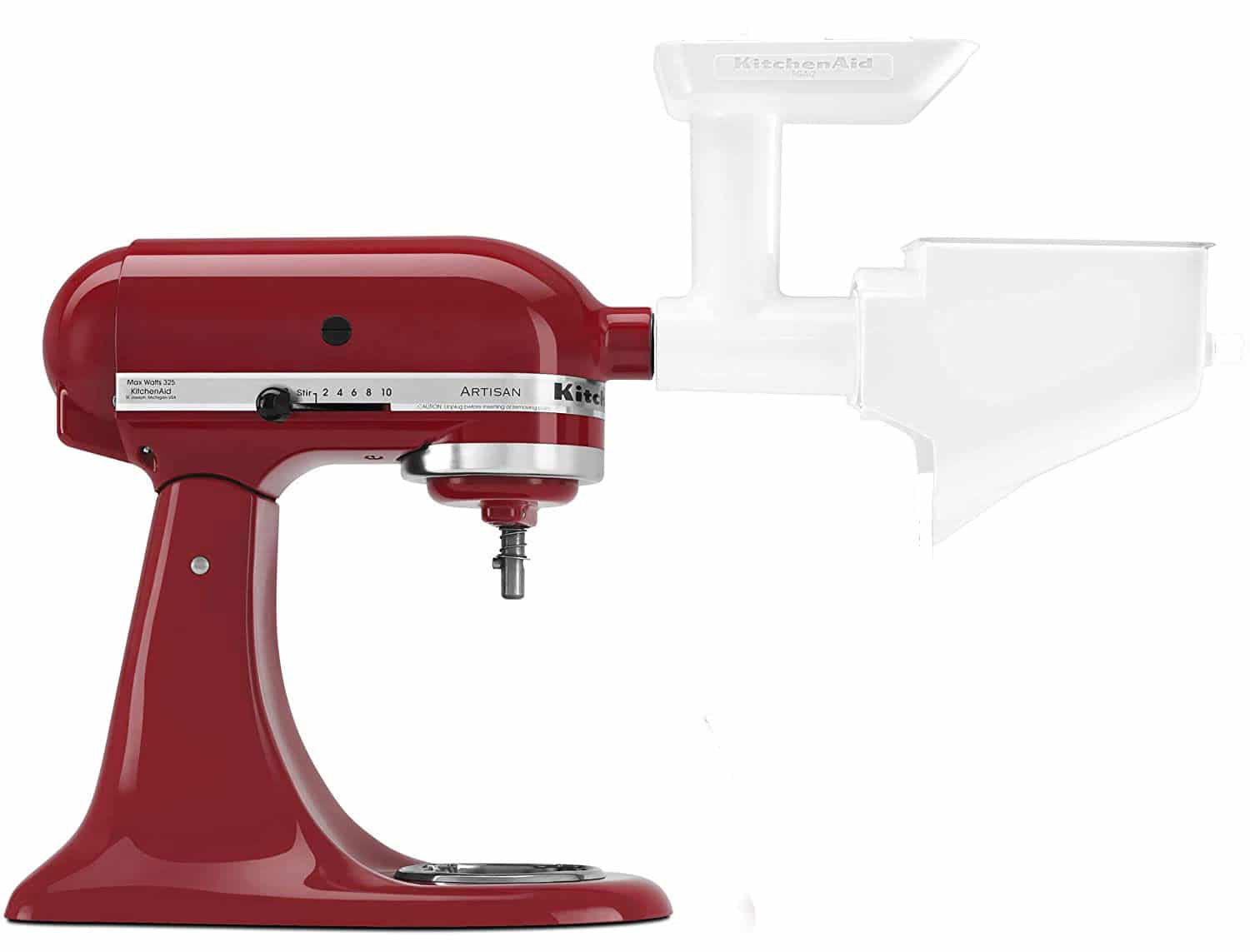
Instructions
Preparing the Chestnuts
- Remove the hard outer shells from the chestnuts.
- Place the chestnuts in a large pot of water, ensuring they are fully submerged.
- Boil on medium heat until the thin skin loosens, approximately 20-30 minutes.
- Drain the chestnuts using a fine-mesh sieve.
- While still warm, peel off the skin
- Discard any spoiled chestnuts.
Note: you can skip this passage by using the already peeled and boiled chestnuts you can buy at the grocery store

Boiling the Potatoes
- Fill a large pan of salted water and add all the regular potatoes (2 lb - 1 kg total).
- Boil for 20-25 minutes. Test doneness by piercing a potato with a sharp knife; it should go in smoothly.
- Drain the potatoes using a colander.
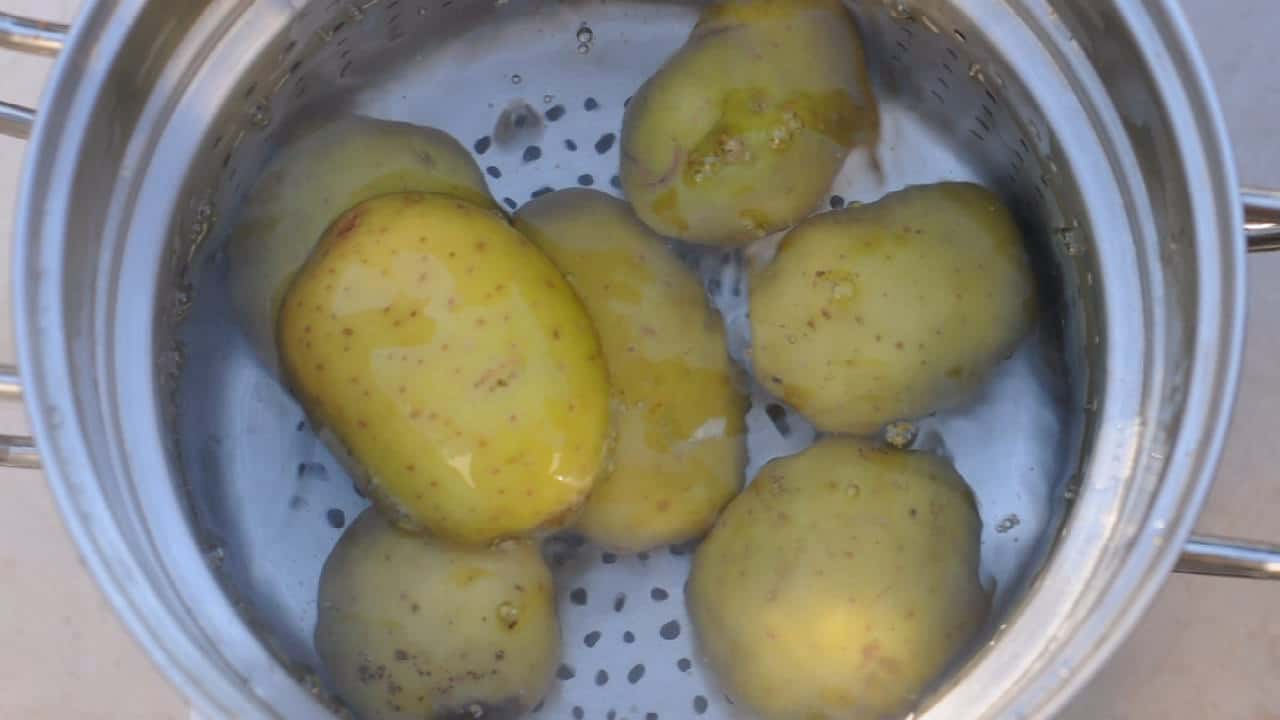
Mashing the Potatoes
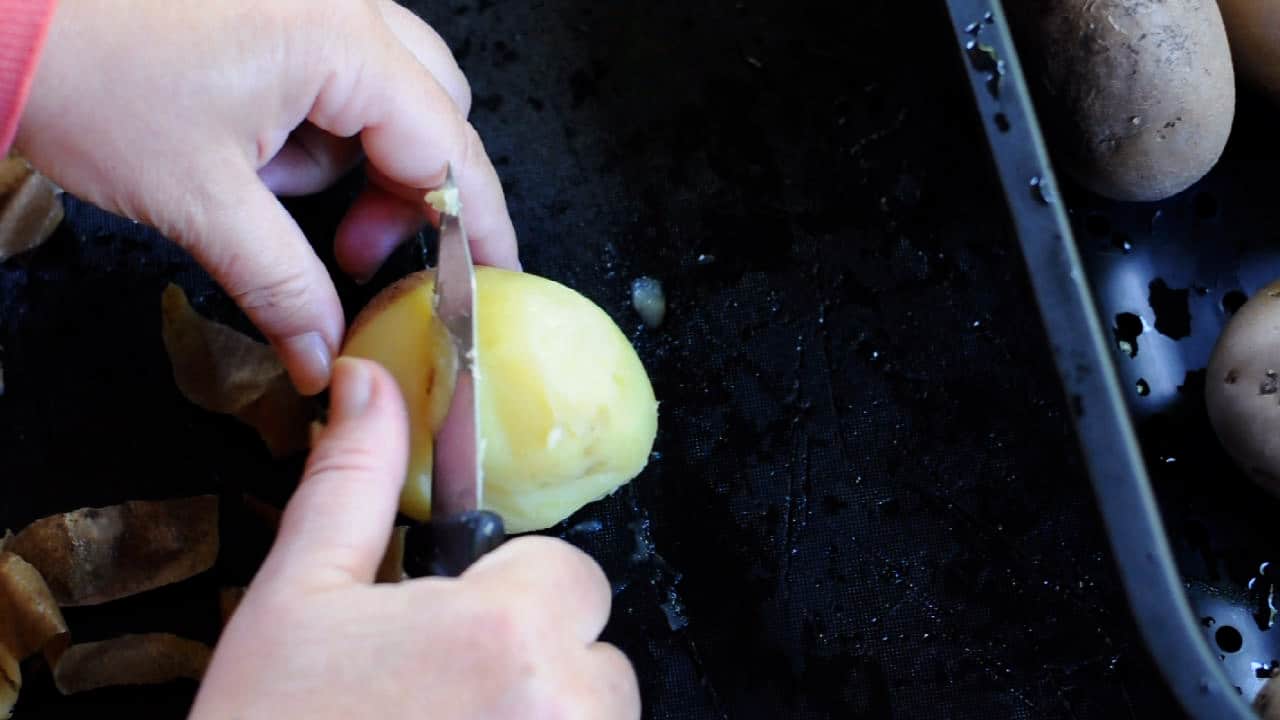
- Peel the warm potatoes.
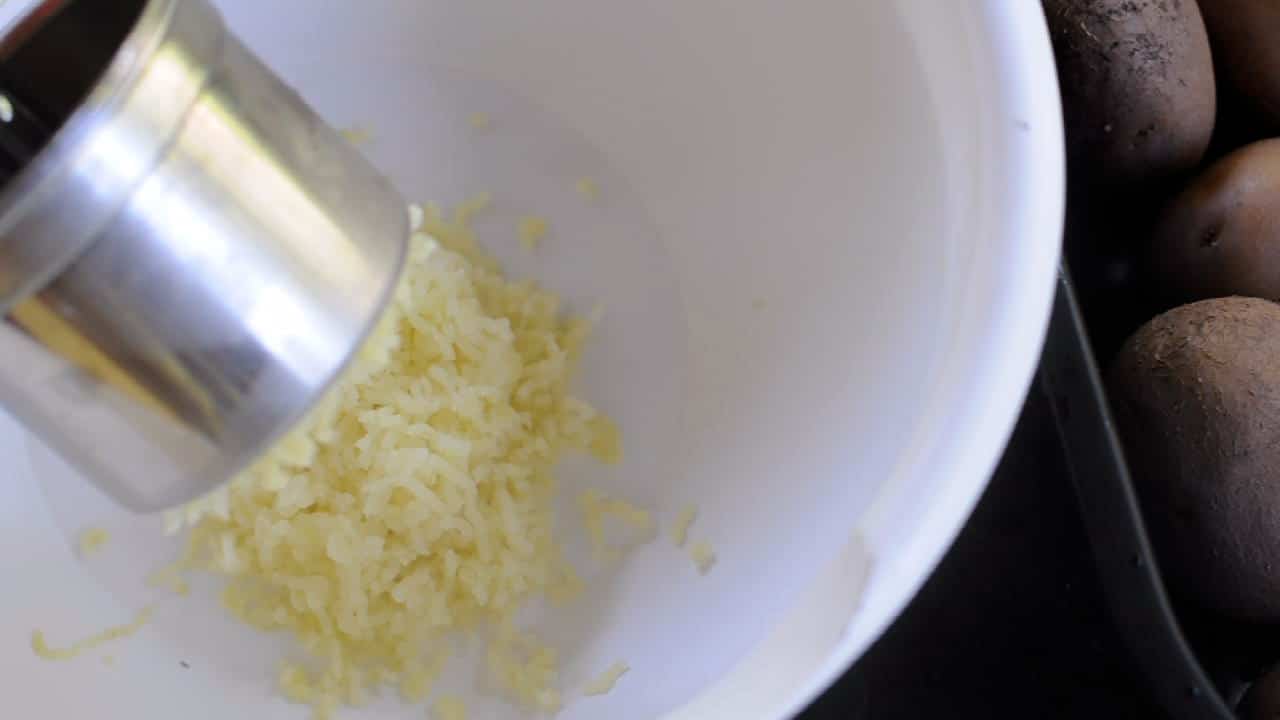
- Use a potato ricer to mash the cooked potato flesh and the chestnuts into a large bowl.
Shortcut for Mashing Potatoes
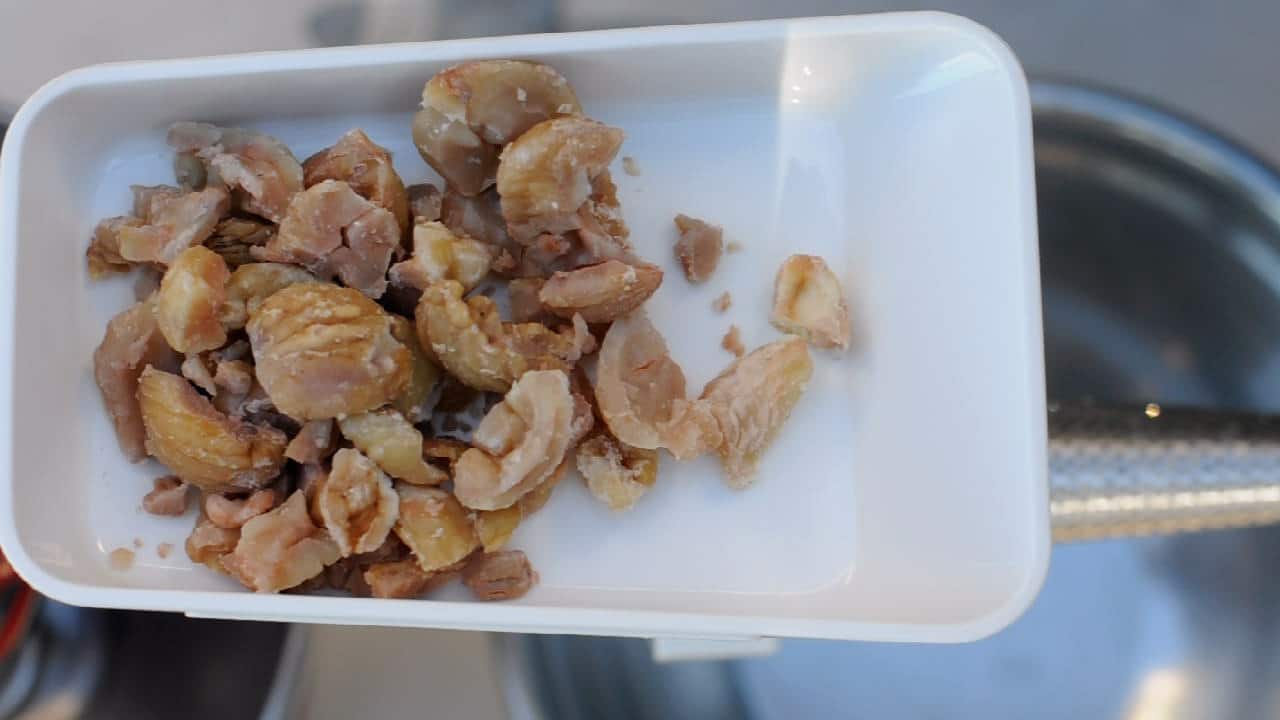
If you have a KitchenAid with a vegetable strainer, you can skip peeling.
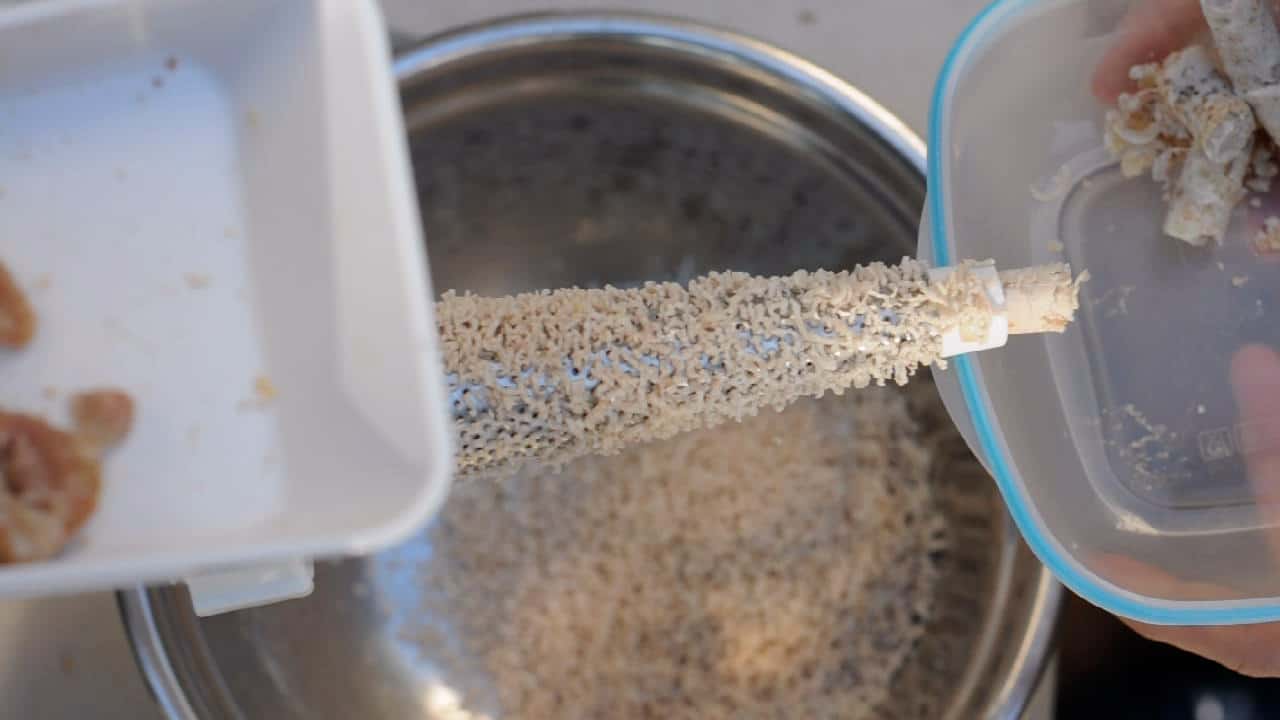
The machine will separate the skin from the potato flesh automatically.
Preparing the Dough
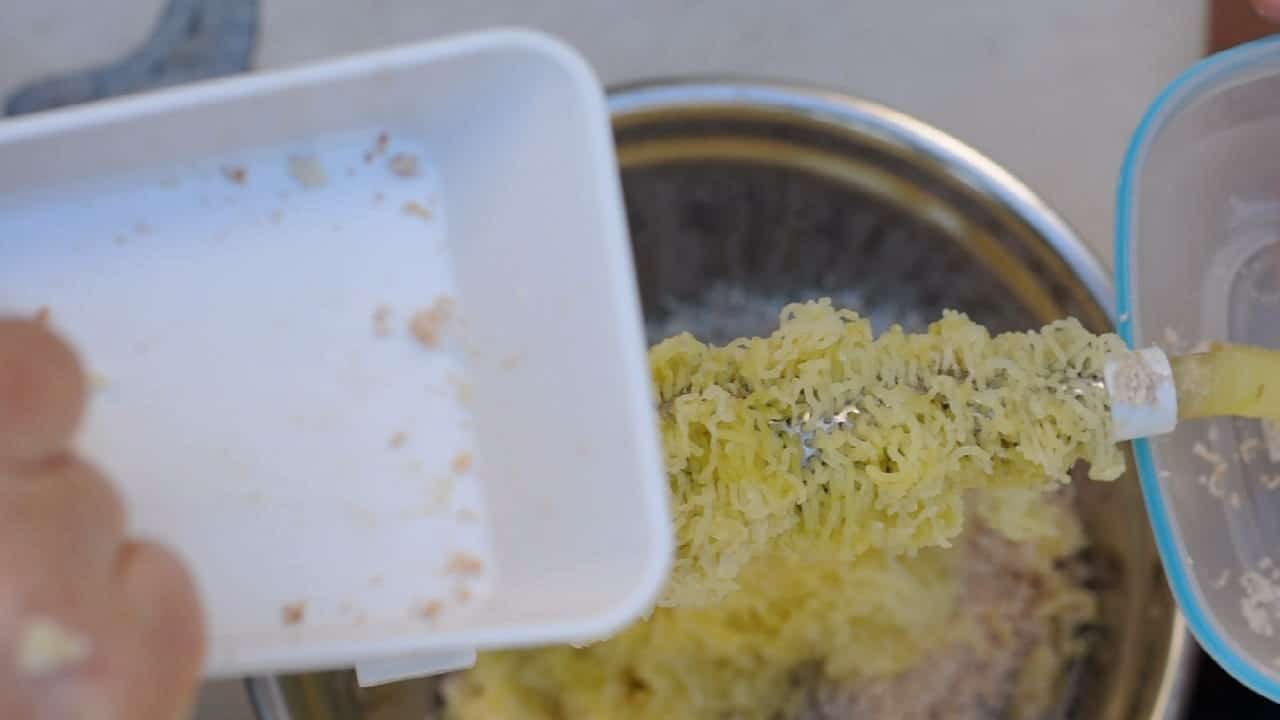
- Mash the chestnuts together with potatoes while they're still warm.
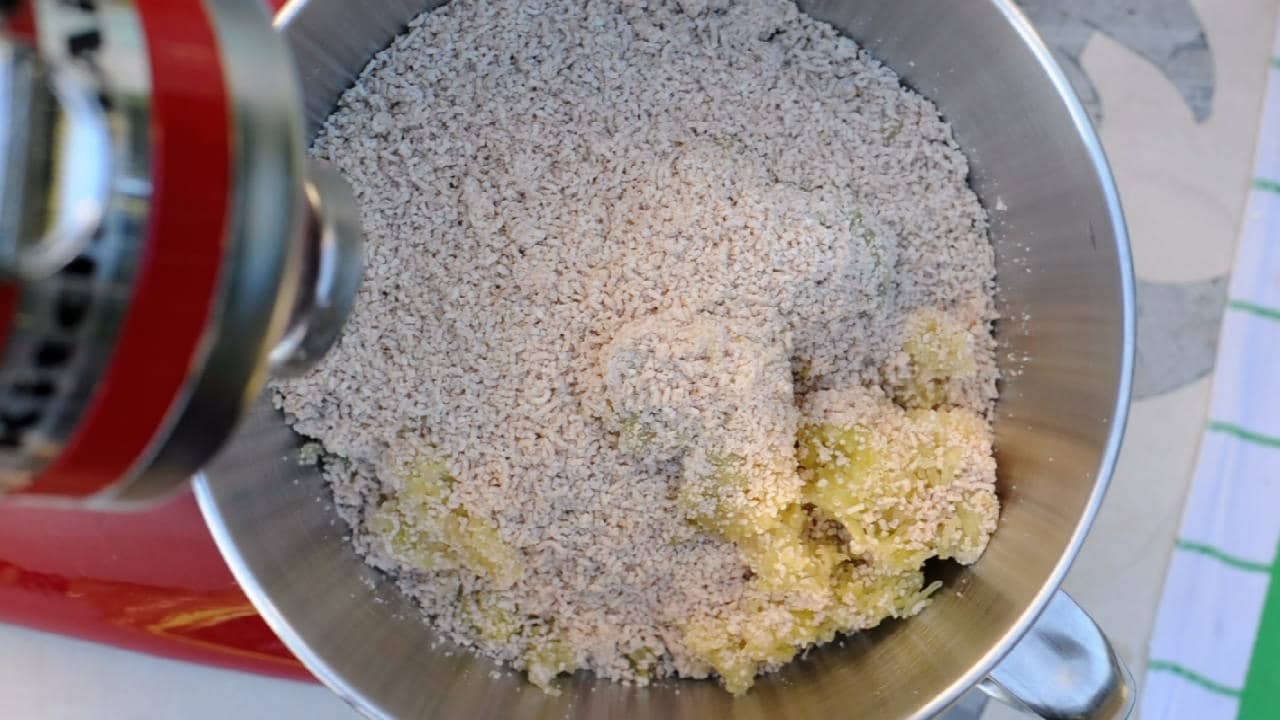
- Allow the mixture to cool down to room temperature.
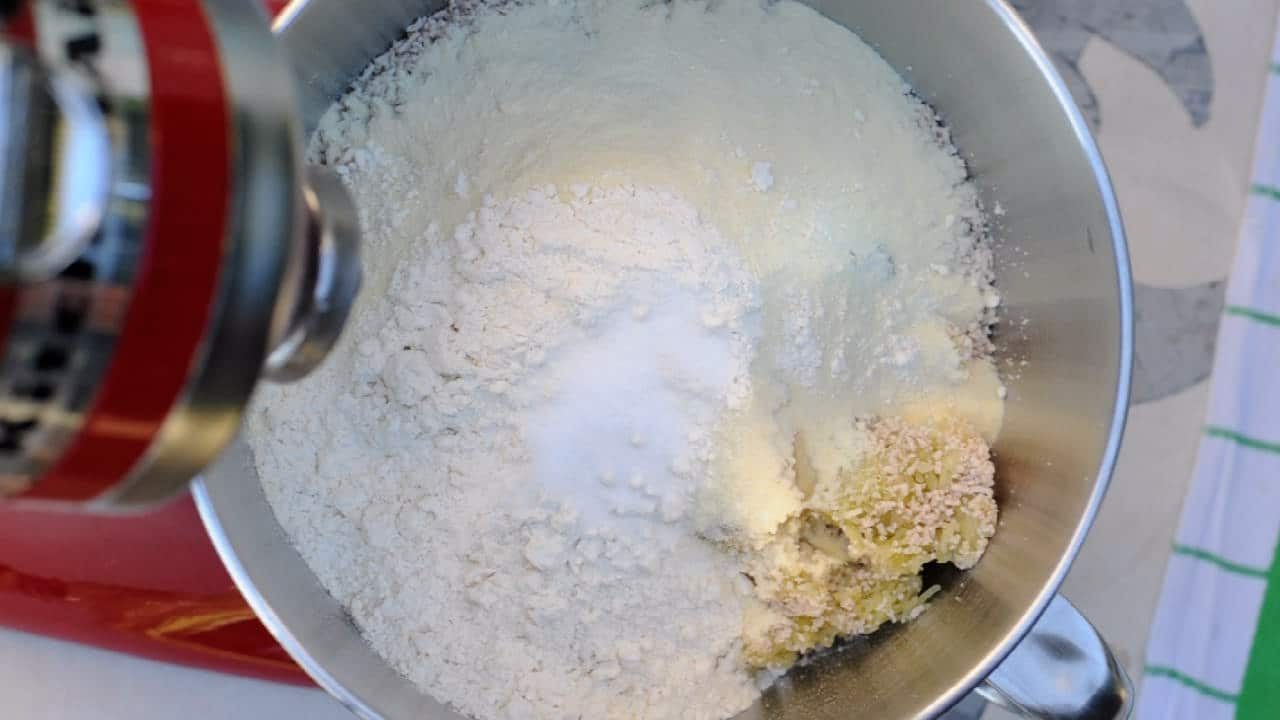
- Once cooled, add 1 cup - 170g of semolina flour, ½ cup - 60g of all-purpose flour, and a half tablespoon of salt.
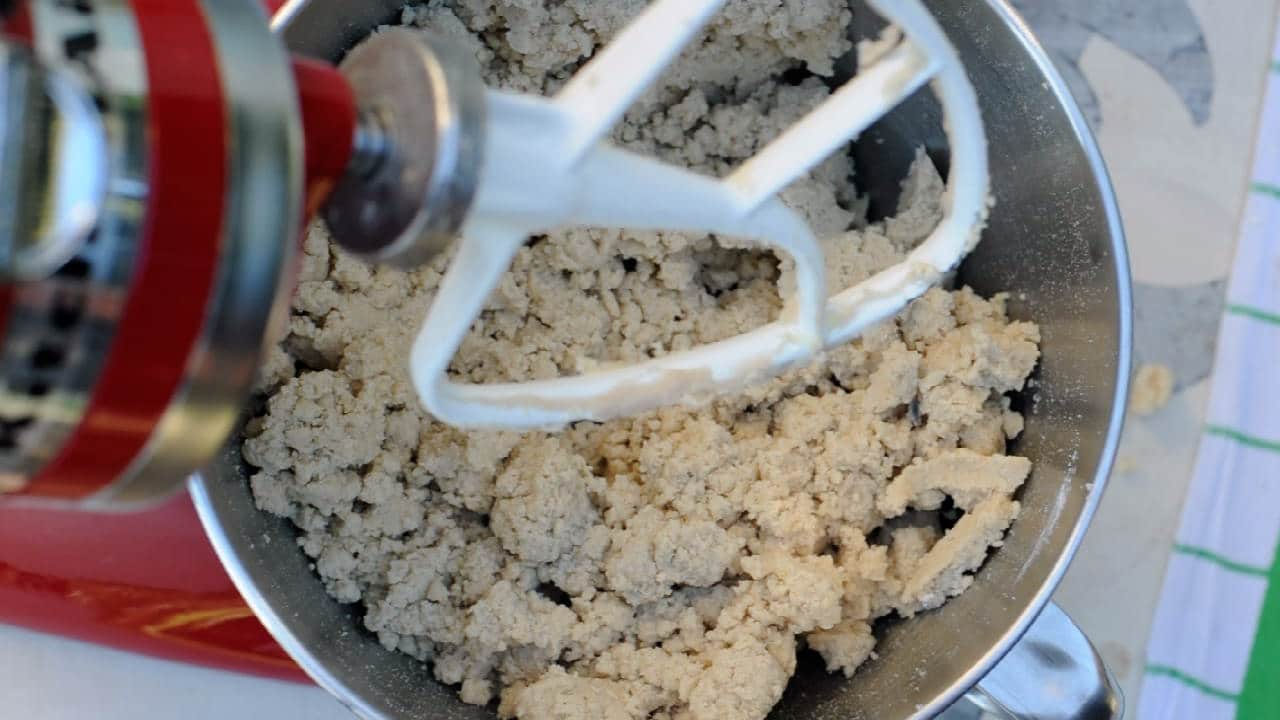
- Mix to form a smooth dough.
Note: for fluffier gnocchi replace the semolina flour with all purpose flour. However add it gradually so you can keep the flour to the minimum requirement. This will make the gnocchi even fluffier

Shaping the Gnocchi

- Take a fist-sized portion of the dough and place it on a floured surface and roll it into a rope of dough
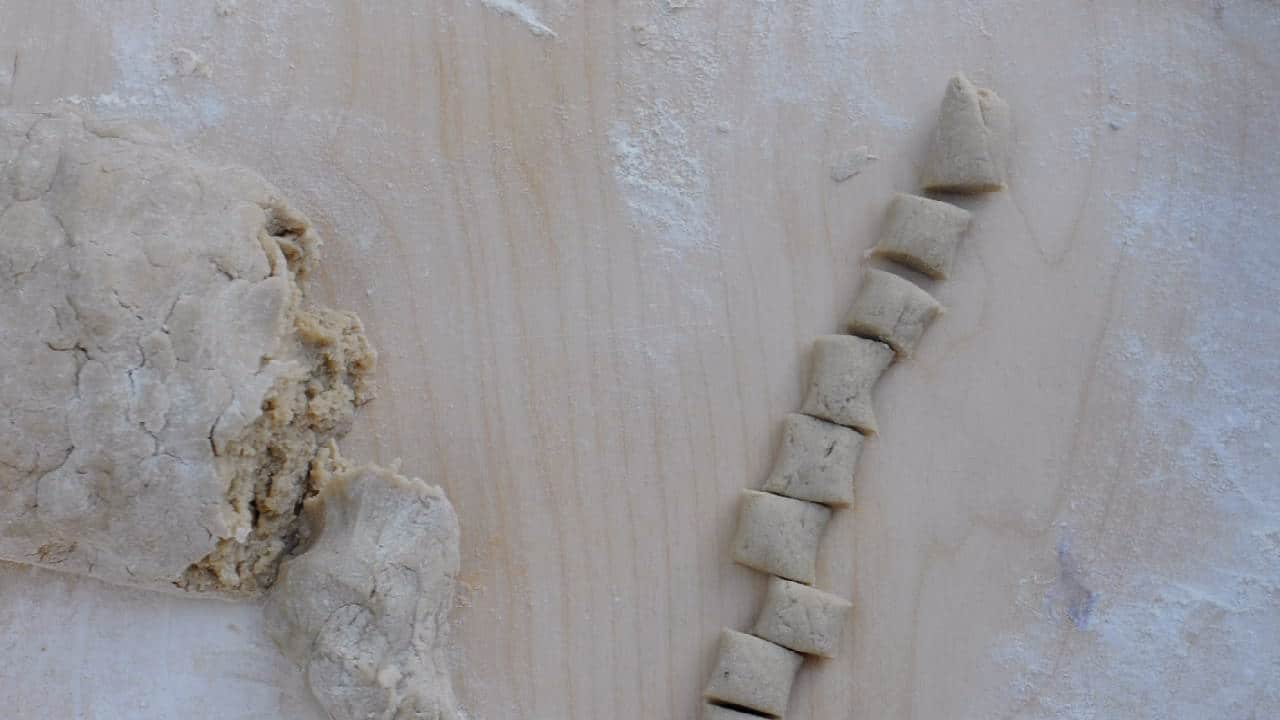
- Use a bench scraper or a knife to cut the ropes into smaller pieces, about the size of a grape.
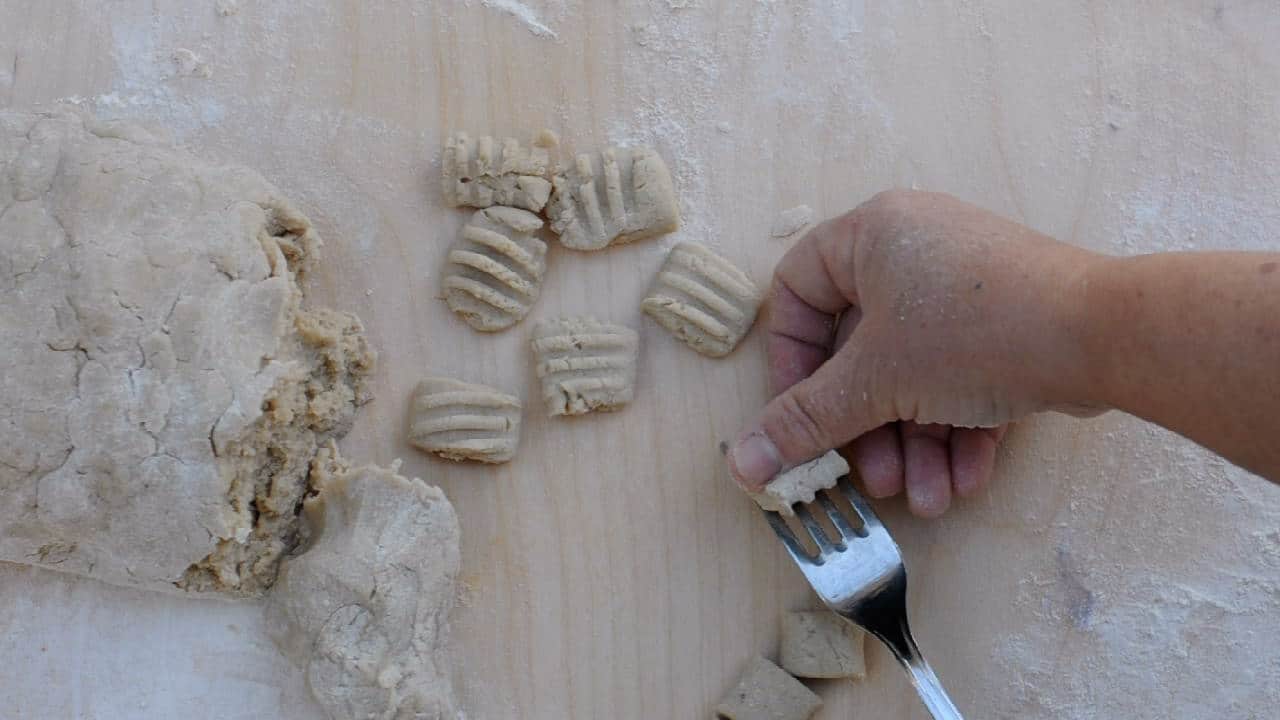
- If you prefer the traditional look, roll each piece over the tines of a fork to create indentations.
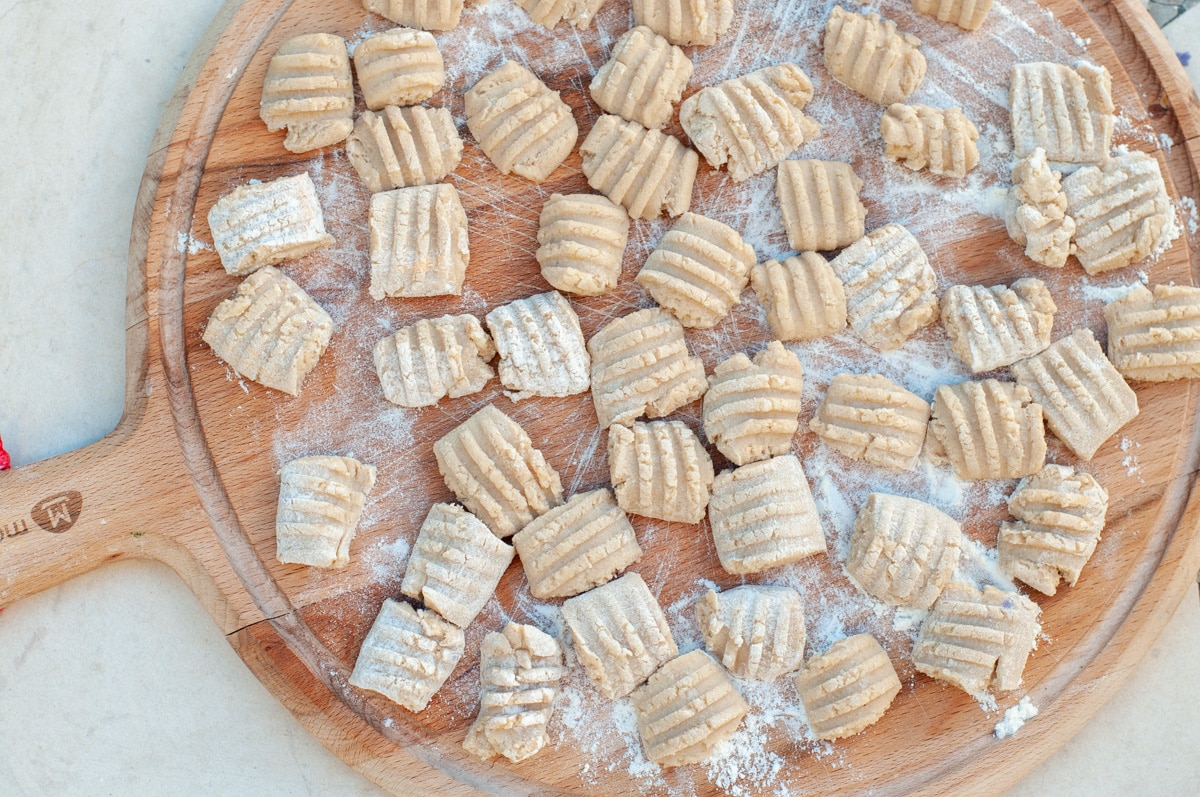
- Spread the gnocchi onto a floured surface
Cooking the Gnocchi
- Bring a large pot of salted water to a boil.
- Drop in batches of 10-20 gnocchi, depending on the size of your pot.
- Once the gnocchi float to the top, they're ready.
- Use a slotted spoon to remove the cooked gnocchi.
- Transfer them to a large frying pan with your choice of sauce. I used a smooth sauce made of sage and butter for this recipe. For a vegan option, use olive oil in place of butter.
- Keep the gnocchi warm until all are cooked.
- Serve on a platter, and enjoy

This process may seem lengthy the first time, but it'll become second nature with practice.
Having the right equipment and preparation time can make all the difference!
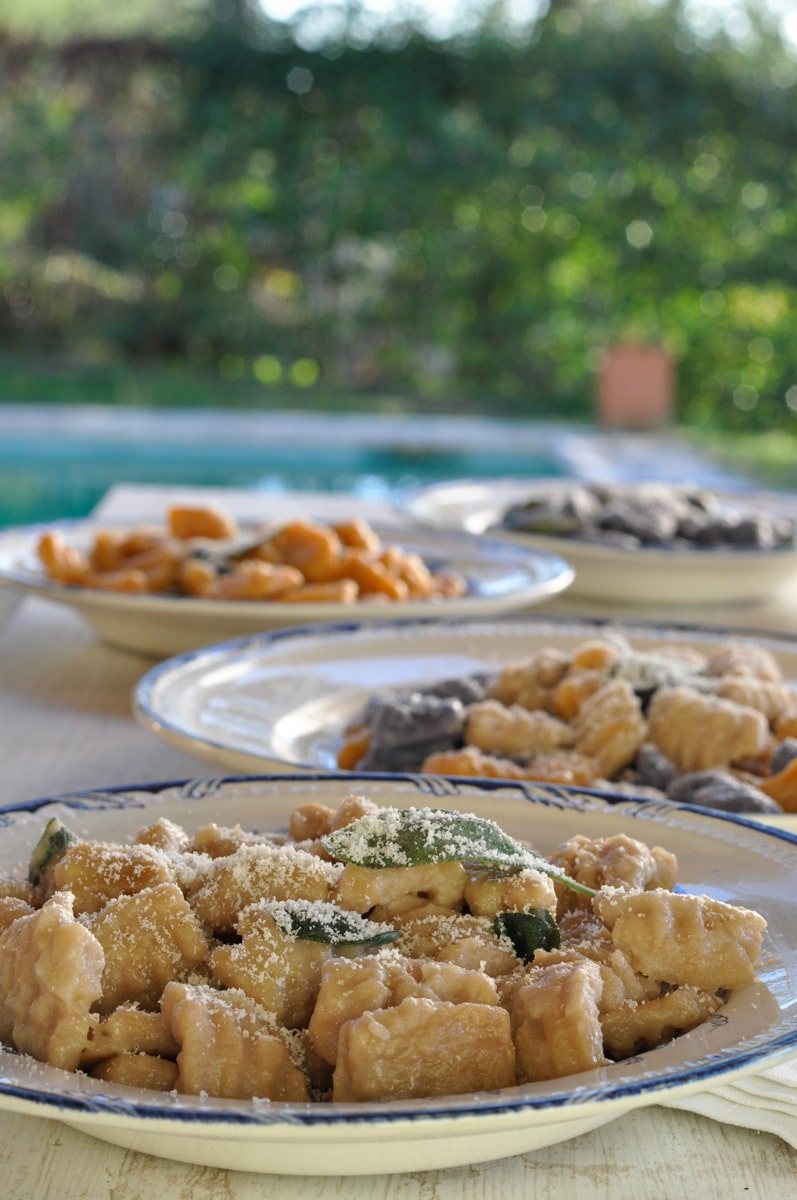
Serving suggestions
With a simple classic sage and butter sauce, you can really taste the chestnuts, allowing their unique flavor to shine through.
However, if you're looking for other alternatives to complement your chestnut gnocchi, here are some additional options:
- Olive Oil and Garlic: For a vegan twist, heat some extra virgin olive oil in a pan, add minced garlic, and sauté until golden. Add the cooked gnocchi and toss to coat.
- Parmesan Cream Sauce: In a small saucepan, create a smooth sauce with heavy cream, parmesan cheese, and a pinch of salt
- Spicy Italian Sausage: Brown some spicy sausages in a large frying pan, breaking them into smaller pieces. Add the cooked gnocchi and toss together. For a vegan version, use red pepper flakes to add the heat.
- Tomato and Basil: Simmer a simple homemade or Mutti tomato sauce with fresh basil leaves. Add the cooked gnocchi to the sauce and let them soak up the flavors. Although this sauce has a strong flavor and will overpower the delicate taste of chestnuts
- Nutty Pesto: Blend together pine nuts, fresh basil, garlic, and parmesan cheese with olive oil to make a pesto. Toss the cooked gnocchi in this for a different yet delicious twist.
Feel free to garnish with extra parmesan cheese, a sprinkle of black pepper, or even some fresh herbs for added color and flavor.
Mains you can serve with gnocchi
In Italy, gnocchi are traditionally served as a first course, not as a side dish for a main course.
This is in line with the Italian dining structure, where pasta and gnocchi usually precede the meat or fish course. You can read more about this in my article "Italian Sunday dinner: a 6-Course Sunday Meal"
However, if you're looking to integrate this dish into a different dining tradition, these chestnut gnocchi can also serve as a delightful side for a Sunday roast, turkey, or pork.
How to Store and Reheat Leftovers
While these chestnut gnocchi are best enjoyed the same day they're made to fully appreciate their unique flavor and texture, you might find yourself with leftovers.
If that's the case, you can store them in an airtight container in the refrigerator for up to 2 days.
To reheat, simply place the gnocchi in a pan over medium heat with a little bit of butter or olive oil.
Stir gently until they're warmed through.
I recommend against freezing these gnocchi.
The chestnut and potato mixture tends to lose its delightful texture when frozen and reheated, diminishing the quality of the dish.
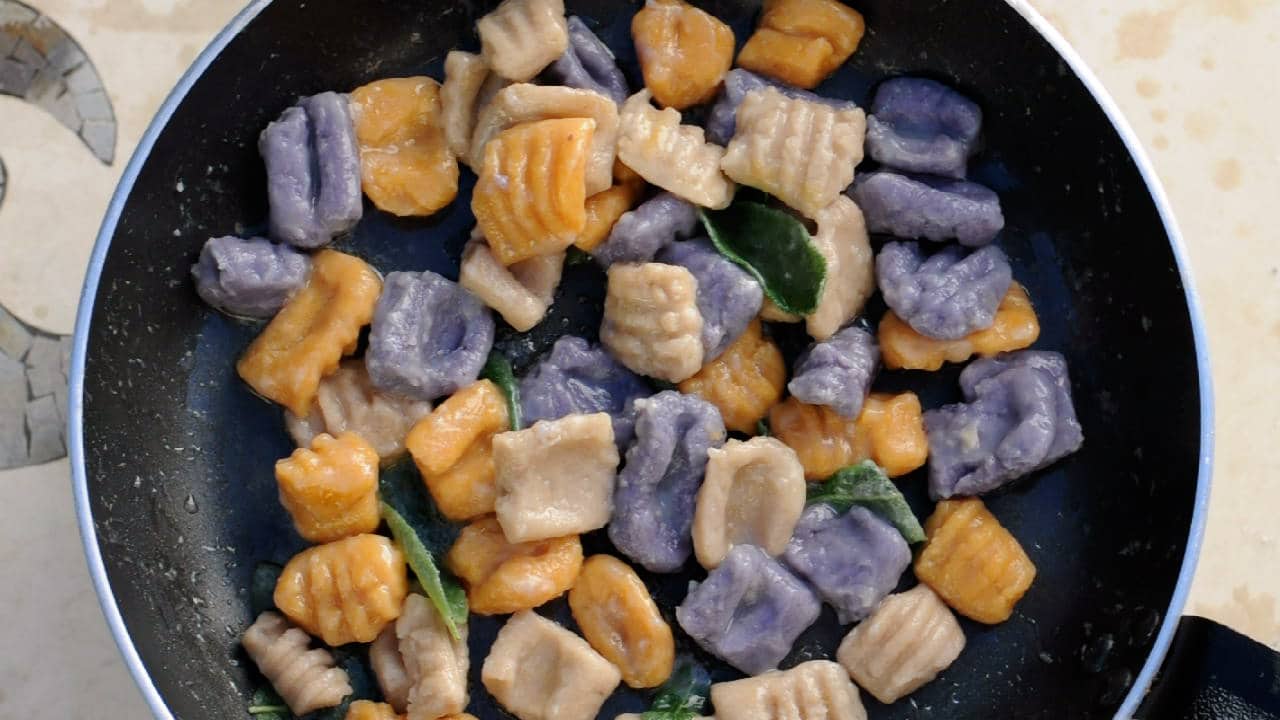
Common Pitfalls and How to Avoid Them
Making gnocchi, especially with unique ingredients like chestnuts, can be a bit tricky. Here are some common mistakes and tips on how to avoid them:
- Dough Too Sticky or Too Dry: Your dough is either too sticky to handle or too dry and crumbly. Solution: The key is to use the right amount of flour. Too much flour will make the gnocchi heavy, while too little will make the dough unmanageable. Always start with the minimum flour amount and gradually add as needed.
- Gnocchi Falling Apart in Water: Your gnocchi disintegrates when you boil them. Solution: This often happens if the dough is too wet. Do not peel your potatoes before boiling them, they will absorb too much water. Drain your boiled potatoes and chestnuts well, and let the mashed potato mixture cool down before adding flour.
- Uneven Cooking: Some gnocchi are undercooked while others are overcooked. Solution: Make sure to cut your gnocchi into even-sized pieces. Use a sharp knife or a bench scraper for precise cuts. Also, don't overcrowd the pot; cook the gnocchi in batches.
- Lack of Flavor: Your gnocchi taste bland. Solution: Don't forget to season your boiling water with a generous amount of salt. Also, consider adding a bit of salt to the dough mixture itself.
- Soggy Gnocchi: Your gnocchi turn out soggy and unappetizing. Solution: After boiling, remove the gnocchi with a slotted spoon and transfer them directly to the saucepan with your chosen sauce. Avoid rinsing them in cold water, as this can make them soggy.
- Difficulty Shaping the Gnocchi: You're having trouble shaping the gnocchi. Solution: If you're a first-timer, don't stress about the shape too much; it will become second nature with practice.
By being aware of these common pitfalls, you'll be better prepared to create delicious, perfect chestnut gnocchi.

Variation
You can easily adapt this recipe if you prefer your gnocchi to be on the lighter, fluffier side rather than firm.
Simply omit the semolina flour and adjust the amount of all-purpose flour as needed.
The absence of semolina will give you a softer, more pillowy texture that some people find irresistible.
To get the proportions right, refer to my other gnocchi recipes that focus on creating that fluffy texture.
Feel free to experiment and adjust the flour to suit your personal preference for gnocchi consistency.
If you're looking to diversify your gnocchi repertoire, consider replacing the chestnuts with other vegetables.
This opens up a world of flavors and textures, allowing you to create your own unique variations.
The possibilities are endless, whether it's sweet potatoes, pumpkin, or butternut squash.
For more inspiration and specific recipes, you can check out my other gnocchi recipes I'll add to the collection.
Each recipe will guide you through the process, ensuring you end up with delicious gnocchi every time.
If you want to make fluffy gnocchi, skip the semolina flour and adjust the all-purpose flour accordingly.
You can check out my fluffy gnocchi recipes for details on how to do this.
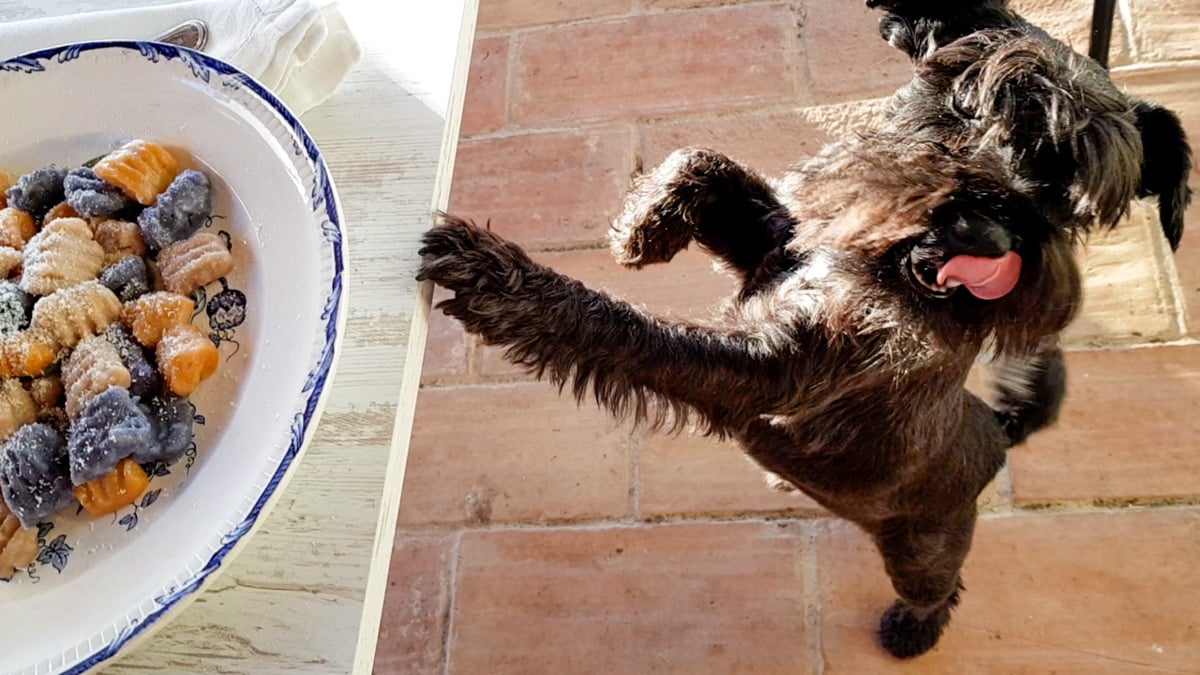
More gnocchi recipes
If you are making any of these chestnut gnocchi, leave your comment below I would like to hear from you. You can find more delicious ideas if you FOLLOW ME on Facebook, YouTube, or sign up to my newsletter.
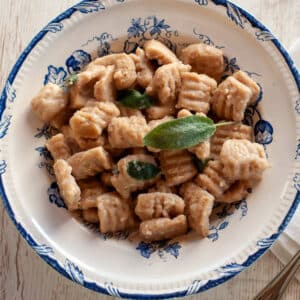
📋 Italian Homemade Vegan Chestnut Gnocchi With Butter
Ingredients
Chestnuts gnocchi
- 4 medium potatoes about 1 lb - 500 gr
- 1 lb fresh chestnuts
- 1 cup semolina flour
- ½ cup all-purpose flour
- ½ tablespoon salt
Sauce to serve
- ¼ cup extra virgin olive oil or butter for non vegan option
- 6 sprig sage
Equipment
Instructions
Preparing the chestnuts
- Remove the hard chestnut shells1 lb fresh chestnuts
- Place them in a pan and cover them with water
- Boil them until the skin comes off easily, about 20 to 30 minutes
- Drain them and remove the skin while they are still warm
- Remove any bad chestnuts
Boil the potatoes
- In a large pan boil for 20 to 25 minutes the regular potatoes4 medium potatoes
- Pierce one of the potatoes with a knife to check if they are done. The knife should pierce the potato smoothly all the way into the center.
- Drain them
Mashing the potatoes
- If you have a KitchenAid vegetable strainer, strain the potatoes while they are still warm. The skin is automatically separated.
- If you don't have it, peel the potatoes while still warm and strain them with a hand strainer.
Preparing the chestnut gnocchi dough
- Strain the chestnuts with the other half of the regular potatoes while they are still warm
- Wait until the mash has cooled down
- Once it is cold, mix it with 1 cup - 170 g of semolina flour, ½ cup - 60 g of regular All-purpose flour, and ½ tablespoon of salt1 cup semolina flour, ½ cup all-purpose flour, ½ tablespoon salt
- Place it on a well-floured surface and cover with flour
Shaping the gnocchi
- To shape the gnocchi, take a piece of dough, the size that fits in your fist.
- Roll it into long strips
- Cut the logs into small pieces, the size of a grape
- Roll each piece of dough over the back of a fork to indent them
- Place the gnocchi in a plate or cutting board dusting them with flour
Cooking the gnocchi
- In a large pasta pan, bring to boil salted water
- Pour in the gnocchi in the boiling water, a batch of 10 or 20 at a time, depending on how big is the pan
- When the gnocchi float they are ready
- Remove them with a colander strainer spoon
- Place them in a pan with the sauce and keep them warm until all the gnocchi are cooked¼ cup extra virgin olive oil, 6 sprig sage
- Place them on a serving dish and serve
Video
Notes
- Dough Too Sticky or Too Dry: Your dough is either too sticky to handle or too dry and crumbly. Solution: The key is to use the right amount of flour. Too much flour will make the gnocchi heavy, while too little will make the dough unmanageable. Always start with the minimum flour amount and gradually add as needed.
- Gnocchi Falling Apart in Water: Your gnocchi disintegrates when you boil them. Solution: This often happens if the dough is too wet. Do not peel your potatoes before boiling them, they will absorb too much water. Drain your boiled potatoes and chestnuts well, and let the mashed potato mixture cool down before adding flour.
- Uneven Cooking: Some gnocchi are undercooked while others are overcooked. Solution: Make sure to cut your gnocchi into even-sized pieces. Use a sharp knife or a bench scraper for precise cuts. Also, don't overcrowd the pot; cook the gnocchi in batches.
- Lack of Flavor: Your gnocchi taste bland. Solution: Don't forget to season your boiling water with a generous amount of salt. Also, consider adding a bit of salt to the dough mixture itself.
- Soggy Gnocchi: Your gnocchi turn out soggy and unappetizing. Solution: After boiling, remove the gnocchi with a slotted spoon and transfer them directly to the saucepan with your chosen sauce. Avoid rinsing them in cold water, as this can make them soggy.
- Difficulty Shaping the Gnocchi: You're having trouble shaping the gnocchi. Solution: If you're a first-timer, don't stress about the shape too much; it will become second nature with practice.
Nutrition
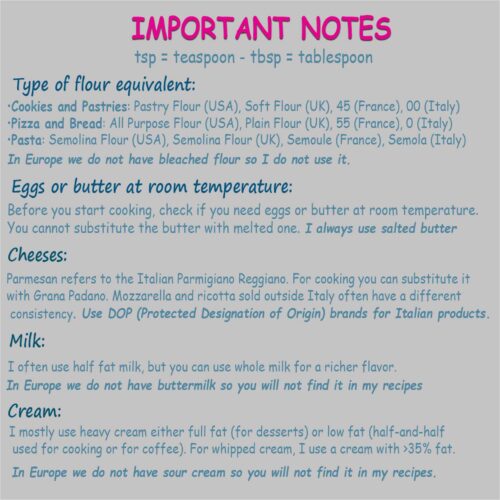

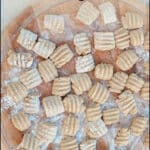
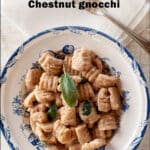

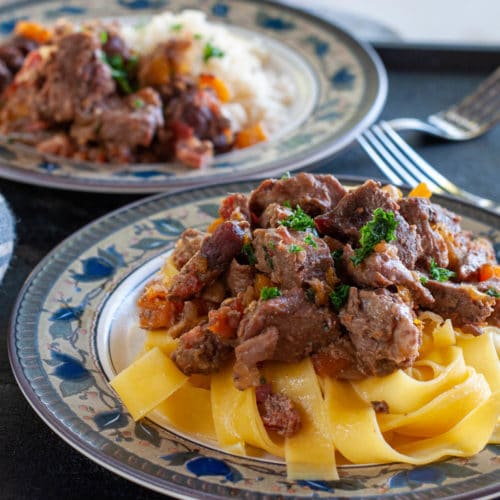


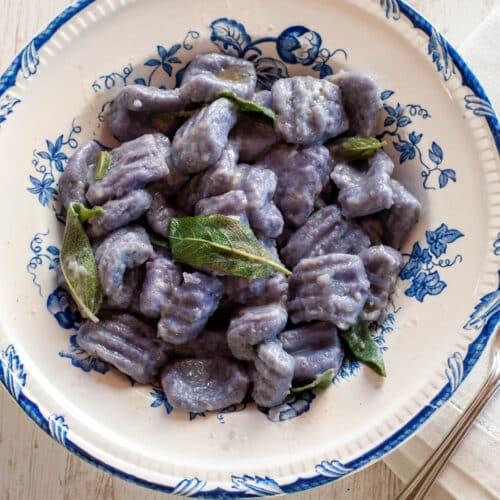
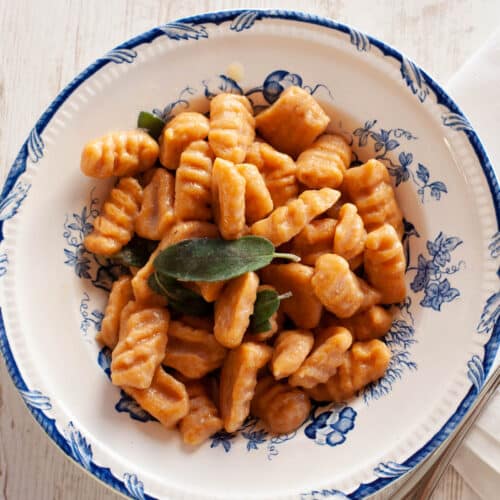



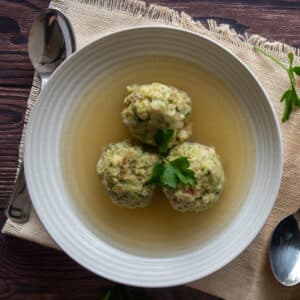
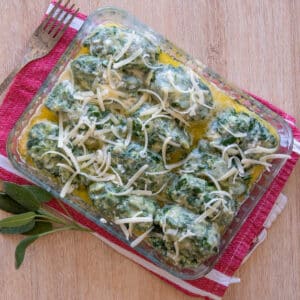
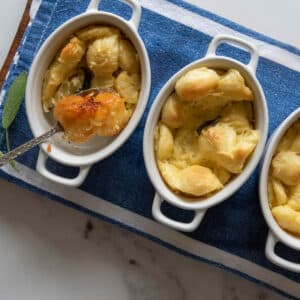
Leave a Reply